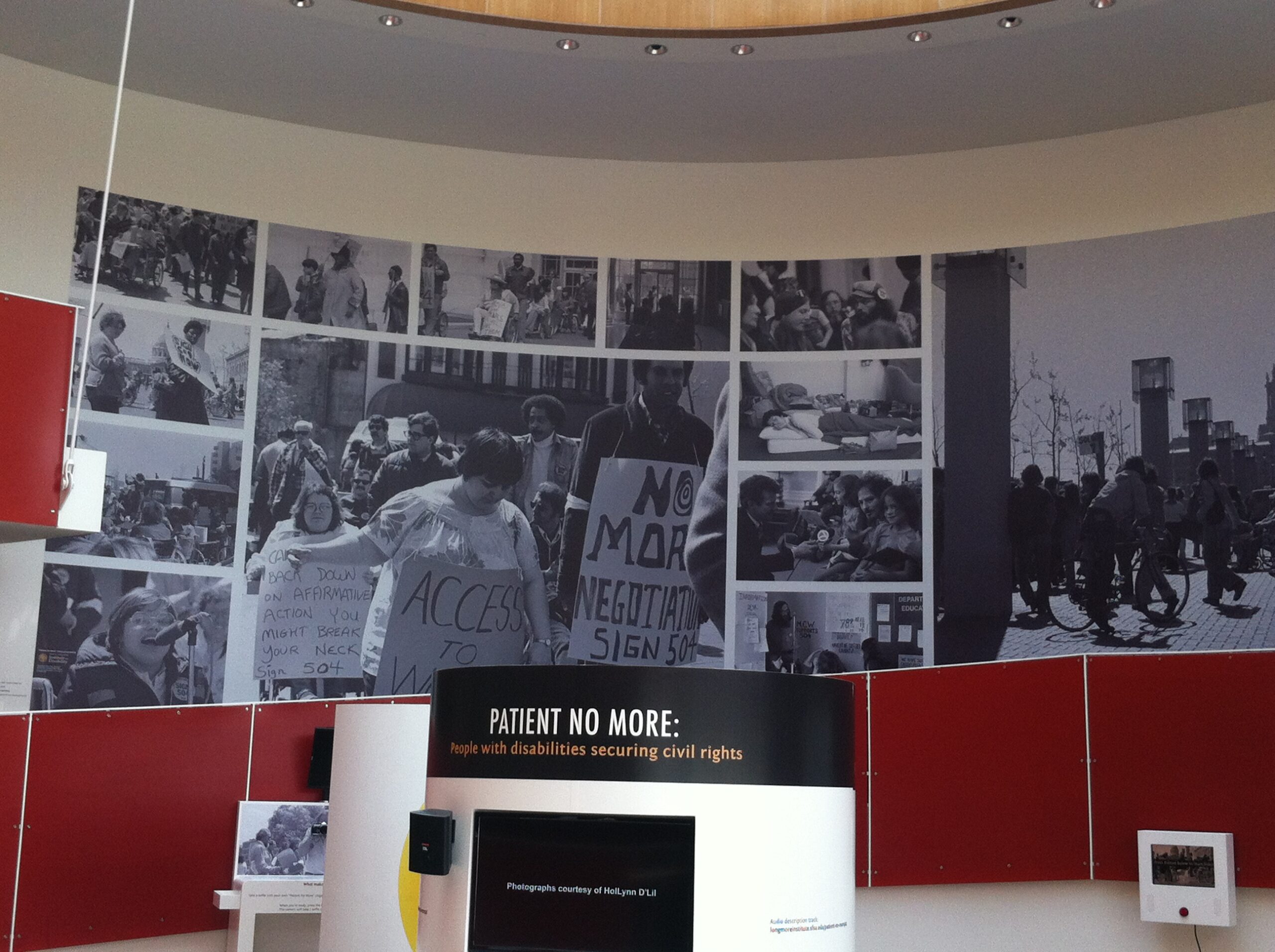-
The Accomplishment
-
What Worked
-
About the Author
During the two year period after the Americans with Disabilities Act (ADA) was passed in 1990, two federal agencies came together to fund trainings led by and for people with disabilities, on the implementation of the new law. The U.S. Department of Justice and the U.S. Equal Employment Opportunity Commission (EEOC) funded a series of Trainings of Trainers. Four hundred people with disabilities across the U.S.A. were initially trained. Each trainee committed to training at least 20 other advocates, as well as members of the business community, in their geographic region or state.
People with disabilities were empowered by the trainings to exercise their rights, and businesses and community members learned how to implement the law to include people with disabilities.
The ADA Training of Trainers model worked and was successful because of several important ideas and strategies that can be useful in other countries.
- The application process invited advocates to apply as trainers. These invitations were viewed as a prestigious honor, and the competitive application process created a professional impression and raised respect for the training.
- Trainers were asked to invest in the opportunity by paying travel and transportation cost to attend the training. Government agencies provided hotel and meals once trainers arrived. Trainers had to take time off of work, and were not compensated for their time at the trainings. Trainings were offered in 4 different regions to minimize travel costs and time.
- A smaller group was invited to participate in an advanced training. After an initial 400 people completed training, 100 of the trainees were selected to apply to an advanced training following similar selection criteria.
- Trainers represented a wide variety of disabilities, and cross-disability solidarity was emphasized as a value, a strategy and style of collaboration.
- The training curriculum, The ADA: An Implementation Guide, also nicknamed the “Blue Book,” provided a common framework to teach others about the ADA, and included explanations of terminology, titles, and easily understood examples. An updated version of this training manual and report is available online.
- Training was intensive! Trainees learned about each section of the law and had to demonstrate they were knowledgeable on how to file a complaint. Workshops took place in the evenings after long days of training.
- Trainers committed to delivering a 1-hour training to 20 other people with disabilities and 20 others in the community who would be affected by the implementation of the law (businesses, government offices, etc.). Participants of these trainings were required to sign a participation list, so the number of people trained could be tracked.
- Trainers were provided with a training outline and videos to use in community trainings.
- Expectations were set high and everyone worked collaboratively. A sense of positive camaraderie and community developed as trainers from different backgrounds, experiences and sections of the community came together to understand how the ADA could increase quality of life, business and opportunity.
- Brochures and reading materials in multiple formats were developed to share with disability and business community members that explained different types of accessibility accommodations, timelines, and standards.
- Examples from the “Blue Book” made understanding the law easier. The examples were culturally appropriate and made the law ‘come alive’ with common sense understanding that focused on inclusion and non-discrimination.
- Trainers stayed connected and received updates when there were changes to the law.
The Training of Trainers model worked to quickly train a large number of people throughout the United States. The strategy focused on developing strong relationships and a common message, and used a ‘domino’ effect so that as many people as possible could learn about the core values of the ADA and how to implement the law.
This resource is a compilation of historical accounts and perspectives from multiple disability rights leaders, and references moments documented in the report attached.
How did YOU improve disability rights?
Tell Us your strategy
Share Now!


